Effective patient collections are healthcare providers’ lifeblood of successful revenue cycle management (RCM). The pandemic has amplified the urgency for efficient collections as medical costs soar and financial pressures mount. To thrive in this challenging landscape, healthcare providers must master the art of patient collections from the first interaction to the final payment. Here’s how to transform your patient collections process and ensure financial stability.
Common Issues in Patient Collections
- High Deductibles and Copays: With the rise of high-deductible health plans, patients are responsible for a larger share of their healthcare costs. The Healthcare Financial Management Association (HFMA) reports that approximately 65% of patients do not pay their medical bills in full.
- Lack of Insurance Verification: Inaccurate insurance information results in denied claims, leading to delays and increased administrative work.
- Complex Billing Processes: The intricacies of medical billing can be confusing to patients, leading to delayed or missed payments.
Strategies for Improving Patient Collections
Streamline the Information Collection Process
Accurate information collection at the outset is critical. Ensure that the patient’s insurance and contact details are correct and up-to-date.
Steps to Improve:
- Implement an online appointment tool to collect or update information.
- Train staff to verify insurance coverage and confirm patient details during appointment scheduling.
“Collecting accurate patient information upfront is the cornerstone of effective revenue cycle management.”
Verify Eligibility and Outstanding Balances
Before or during the service, verify the patient’s insurance coverage and any outstanding balances. This helps avoid surprises and ensures transparency.
Steps to Improve:
- Use automated tools to verify insurance coverage and identify patient responsibility for payment.
- Inform patients of their financial obligations before the service is rendered.
Establish Clear Payment Policies
Clear communication about payment policies can significantly improve collections. Patients should be informed of their financial responsibilities upfront.
Steps to Improve:
- Develop and distribute a patient responsibility agreement to be signed at check-in.
- Send automated appointment reminders that include payment expectations.
Industry Insight: The Medical Group Management Association (MGMA) reports that practices with clear payment policies see a 20% increase in patient collections.
Offer Multiple Payment Options
Providing various payment methods increases the likelihood of collecting balances at the time of service.
Steps to Improve:
- Accept cash, credit/debit cards, and checks.
- Implement an easy-to-use online payment tool to facilitate patient payments.
Implement Follow-Up Procedures
Effective follow-up is essential for maximizing collections. Develop a proactive plan for contacting patients who miss payments.
Steps to Improve:
- Create scripts for staff to follow during collection calls.
- Train staff to request full payment but offer payment plans if needed.
A Black Book Market Research survey found that 83% of hospitals implementing patient payment follow-up strategies saw significant improvement in collections.
Addressing Claim Denials
Common Types of Claim Denials
- Eligibility Issues: Incorrect or outdated insurance information accounts for 24% of denials.
- Coding Errors: Inaccurate or incomplete coding of procedures makes up 19% of denials.
- Authorization Failures: Services provided without proper authorization account for 15% of denials.
Strategies to Reduce Claim Denials
- Use automated tools for insurance verification.
- Provide comprehensive training for coding accuracy.
- Ensure pre-authorization for services when required.
“Reducing claim denials requires a proactive approach to eligibility verification, accurate coding, and securing pre-authorizations.” – Revenue Cycle Management Expert.
Leveraging Technology for Better Collections
Automation and RPA: Robotic Process Automation (RPA) can streamline repetitive tasks such as data entry, billing, and follow-ups, reducing errors and freeing up staff for more complex tasks.
Data Analytics: Use data analytics to track and predict patient payment behaviors. This helps segment patients and tailor communication strategies accordingly.
A Deloitte study found that healthcare providers using RPA saw a 30% reduction in administrative costs and a 20% increase in payment collections.
Imperatives for CFOs in Healthcare
- Focus on Efficiency: CFOs must prioritize efficiency in revenue cycle management by investing in automation and training.
- Monitor KPIs: Key Performance Indicators (KPIs) such as Days in Accounts Receivable (DAR), collection rates, and denial rates should be closely monitored to identify areas for improvement.
- Engage Patients: Patient engagement is crucial for successful collections. Clear communication and providing multiple payment options can enhance the patient experience and improve collections.
“The financial health of healthcare organizations depends on effective patient collections. By leveraging technology and focusing on efficiency, we can improve our revenue cycle management.”
Improving patient collections is essential for healthcare providers’ financial stability. By addressing common challenges, leveraging technology, and focusing on efficiency, healthcare organizations can enhance their collections process, ensure better cash flow, and ultimately provide better patient care.
Contact us today to learn more about how our RCM solutions can transform your patient collections process.


